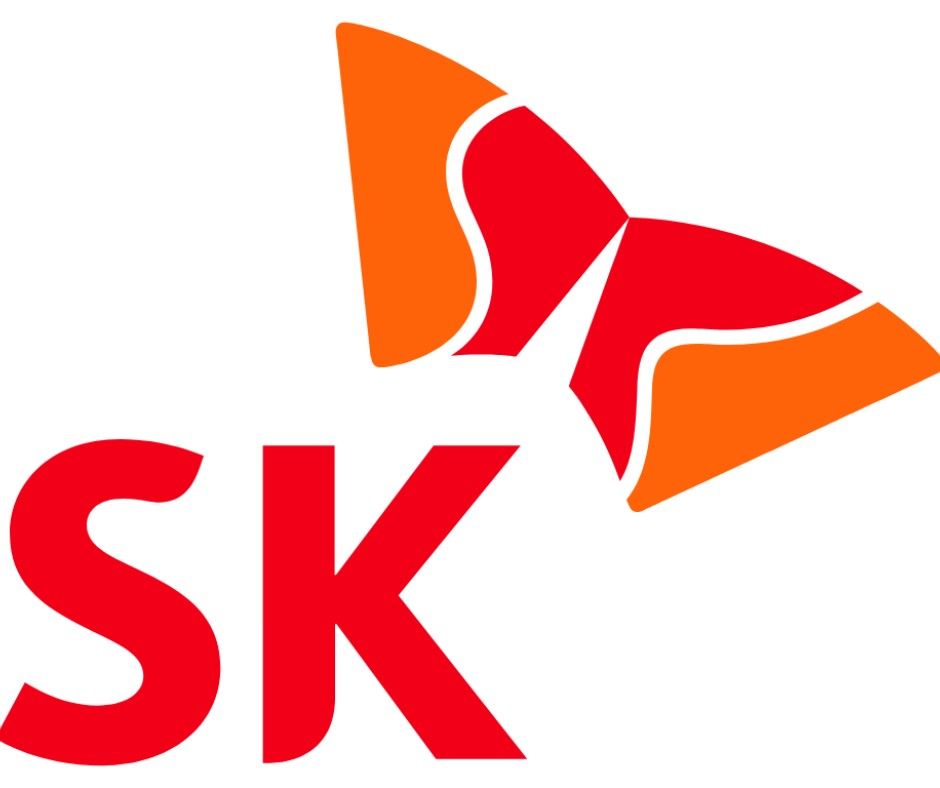
A fresh glance at San Jose’s household language data paints a vivid portrait of a city shaped by voices from around the world. As per the 2025 U.S. Census Bureau estimates, Spanish leads as the most spoken language at home, followed by Chinese, Tagalog, Vietnamese, and Hindi. From South Asian rhythms to Latin echoes, San Jose’s diverse population turns the city into a living language gallery. This remarkable blend reflects more than communication—it mirrors culture, migration, and the silent power of mother tongues in everyday life.
📌 STORY HIGHLIGHTS – TOP LANGUAGES SPOKEN IN SAN JOSE HOMES
-
Spanish tops the list with 1.71 million speakers (19.92% of the population)
-
Chinese (all dialects) secures second with 597,062 speakers (6.94%)
-
Tagalog (Filipino) follows with 260,744 speakers (3.03%)
-
Hindi, Punjabi, Telugu show South Asia’s growing influence
-
Korean, Persian, Russian, and Vietnamese also feature prominently
The San Jose metro area—long celebrated for its tech innovation and economic vitality—also boasts an incredible tapestry of languages spoken at home, reflecting a population shaped by immigration, global opportunity, and cultural rootedness. According to the 2025 U.S. Census Bureau estimates, a wide variety of languages are spoken in households across this California metro region, revealing stories of heritage, resilience, and community belonging.
As the tech capital continues to attract talent from around the world, language has become both a symbol of identity and a practical tool for navigating life in a cosmopolitan hub. The data, ranked by the percentage of households that primarily use each language at home, sheds light on San Jose’s rich linguistic DNA.
#1. Spanish: The Lingua Franca of San Jose’s Streets
Spanish continues to dominate as the most spoken language at home in San Jose, with 1,713,752 residents—nearly 20% of the population—speaking it regularly within their households. This strong presence is rooted in the historical and ongoing contributions of Hispanic and Latino communities. From neighborhood conversations to small business signage and cultural events, the rhythm of Spanish echoes powerfully through San Jose’s daily life.
#2. Chinese: A Diverse Linguistic Community on the Rise
Taking the second position is Chinese, with a population of 597,062 speakers, comprising 6.94% of San Jose’s residents. This number includes multiple dialects, notably Mandarin and Cantonese, each adding its own thread to the city’s multicultural fabric. Chinese-speaking households reflect long-standing migration patterns and the newer wave of tech professionals contributing to Silicon Valley’s global reputation.
#3. Tagalog (Filipino): A Heritage of Hospitality and Connection
The Tagalog language, including its national variant Filipino, ranks third with 260,744 speakers or 3.03% of the metro population. Strong familial ties, active religious communities, and a historic legacy of migration have made the Filipino voice an integral part of San Jose’s story. From nursing to education, the Filipino community continues to shape the region’s workforce and cultural events.
#4. Vietnamese: Echoes from Southeast Asia
With 180,209 speakers at home, Vietnamese accounts for 2.09% of the metro area. Concentrated in specific neighborhoods and commercial districts, the Vietnamese community adds layers of cultural memory and modern-day vibrancy—from traditional cuisine to community centers and language schools.
#5. Hindi: Silicon Valley’s Language of Engineers
At 1.42% of the population—or 122,267 speakers—Hindi has secured its place as a primary household language. It reflects the wave of professionals from India, many of whom are key players in tech firms, startups, and academic research in the area. While English may dominate in offices, Hindi often carries the warmth of home conversations, media, and cultural festivities.
#6. Punjabi: The Rural Spirit in an Urban Tech World
Spoken by 66,840 people (0.78%), Punjabi represents another strong voice from India. Known for its vibrant culture and strong community cohesion, Punjabi-speaking households bring traditional values and active participation in civic life. Religious institutions like Gurudwaras and cultural events preserve this linguistic identity across generations.
#7. Korean: A Steady and Growing Presence
Korean is spoken at home by 63,983 residents, amounting to 0.74% of the metro population. The Korean community maintains a distinct cultural footprint through businesses, churches, and bilingual educational initiatives. With roots spanning decades, Korean continues to gain prominence in both domestic and professional spaces.
#8. Persian (Farsi): Voices from West Asia
Spoken by 57,540 individuals (0.67%), Persian, or Farsi, reflects San Jose’s connection to West Asian migration. This group contributes to San Jose’s academic, business, and artistic circles while maintaining cultural continuity through language and tradition.
#9. Russian: A Language of History and Transition
Russian speakers number 54,300, or 0.63% of the population. This Slavic language, with deep historical and literary roots, finds modern-day relevance in immigrant communities that have preserved their heritage while integrating into the diverse cultural landscape of California.
#10. Telugu: South India’s Rising Tech-Driven Voice
Finally, Telugu rounds off the top ten, with 49,736 speakers accounting for 0.58% of the population. This Dravidian language is most commonly spoken by professionals from India’s Andhra Pradesh and Telangana states, many of whom are part of the Bay Area’s growing tech ecosystem.
An Evolving Linguistic Identity
The data clearly underscores that San Jose is not only an economic powerhouse but also a living, breathing hub of multiculturalism. The growing prominence of South and East Asian languages reflects global mobility, while the enduring strength of Spanish highlights deep historical and cultural continuity. With more than just numbers, these languages shape the city’s schools, services, stories, and social life.
In this dynamic environment, language is more than communication—it’s identity, tradition, and community.
We appreciate you taking the time to read our most recent article! We appreciate your opinions and would be delighted to hear them. We value your opinions as we work hard to make improvements and deliver material that you find interesting.
Post a Comment:
In the space provided for comments below, please share your ideas, opinions, and suggestions. We can better understand your interests thanks to your input, which also guarantees that the material we offer will appeal to you. Get in Direct Contact with Us: Please use our “Contact Us” form if you would like to speak with us or if you have any special questions. We are open to questions, collaborations, and, of course, criticism. To fill out our contact form, click this link.
Stay Connected:
Don’t miss out on future updates and articles








